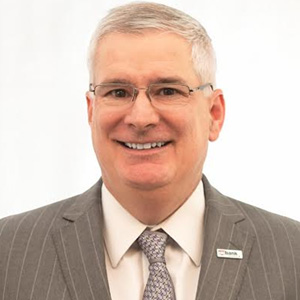THANK YOU FOR SUBSCRIBING
Editor's Pick (1 - 4 of 8)

Add Customer Experience to the KPI list for Field Service Success
Seth Robert, Director Americas Field Service, Elliott Group


Seth Robert, Director Americas Field Service, Elliott Group
How can an FSR learn how to deliver a high-quality customer experience with one day of customer service training, or even worse, no customer service training at all? This reminds me of a quote from John DiJulius: “Why is it that the people who spend the most time with our customers have the least amount of customer service training?”
I do not discount the need for technical training, but I want to offer lessons learned about the value of delivering excellent service. If you’re going to see repeat business, higher revenue, and improved profitability, dedicate time to training your Field Service organization on how to deliver superior service to your customers. Help them understand the value of good communication and the importance of knowing how customers/people want to be treated. What you will find is that customers enjoy the experience.
So how do you create a culture focused on delivering a superior customer experience in a Field Service team of 20, 50, or even hundreds of people? The answer is commitment. It starts with a vision from leadership, coupled with a hyper-focus on delivering that vision to everyone in the organization. Providing a superior customer experience is not a service “add on.” It’s definitely not something you can learn in a one-day training course. It is intrinsic to every aspect of the service being delivered. Similar to technical competency, it takes months, even years to master.
Let’s picture this again. A customer calls for assistance, and an FSR receives the assignment. After a few hours of driving, the FSR arrives at the customer’s site and checks in. He spends time discussing the issue but also engages the customer in conversation because he knows the customer and is familiar with the customer’s background and interests. The FSR then heads to the equipment, finds the problem, and resolves the issue. Because he was able to resolve the issue so quickly, he walks around the other on-site equipment, conducting minor inspections to make sure it is operating correctly. He shows the customer what the problem was, discusses how to prevent the issue from happening again, and offers additional feedback, including suggestions and best practices. He also points out other potential problems. He adds value. In doing so, he was able to identify and resolve three other potential issues while on location. Before leaving, the FSR looks at the customer in the eyes, shakes his hand, and thanks to him for the opportunity and for choosing his company for service.
Field Service might be a business, but it is a business of people helping people. Customers want to receive value from what they paid for. Technical competency is expected. If you want to get the repeat business, do the work in your organization to create a customer experience that keeps the clients coming back for more.
Field Service Training Plans Incorporate All Kinds Of Technical Training. We Spend Weeks, Even Months Learning about Products and Troubleshooting
Weekly Brief
I agree We use cookies on this website to enhance your user experience. By clicking any link on this page you are giving your consent for us to set cookies. More info
Read Also













